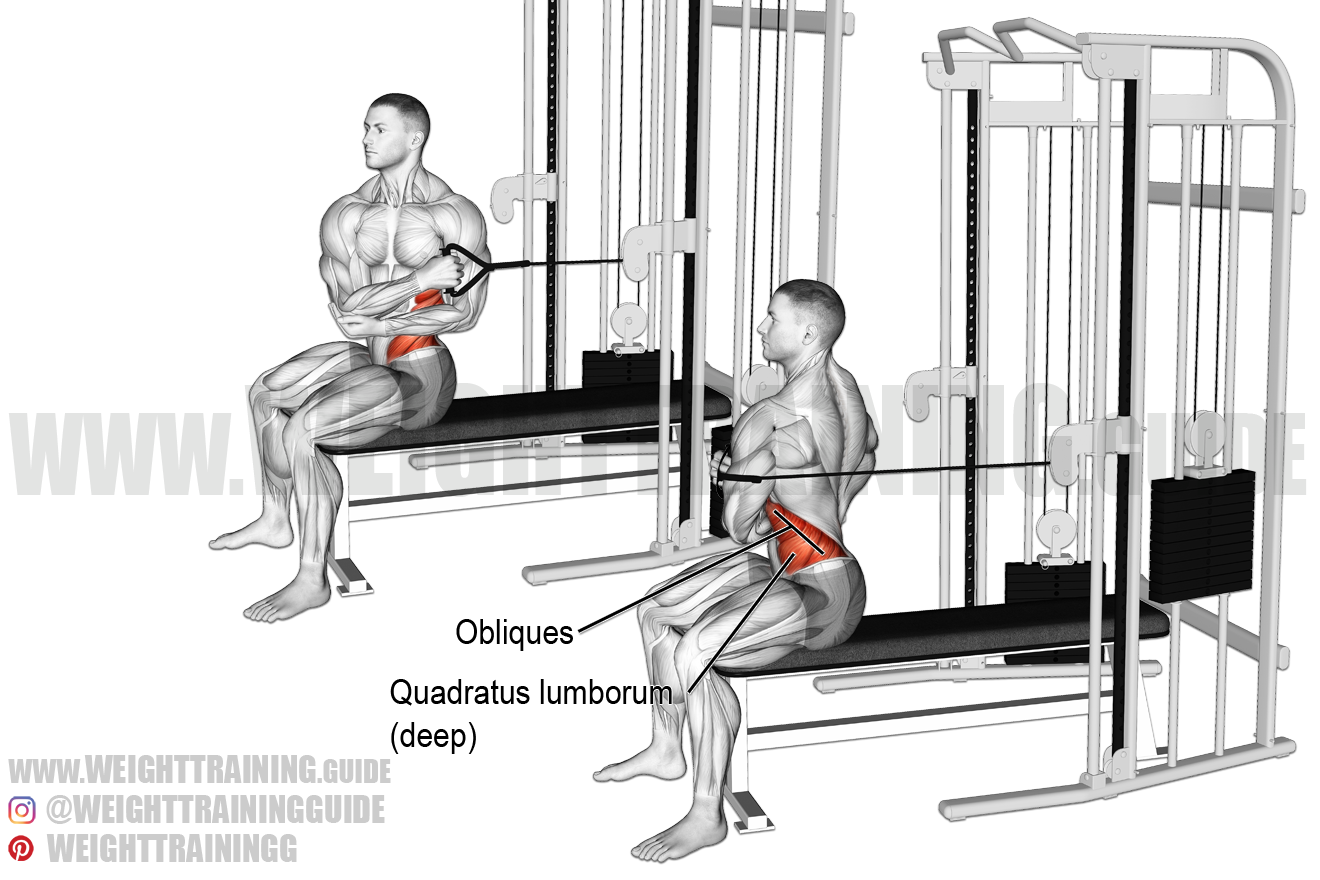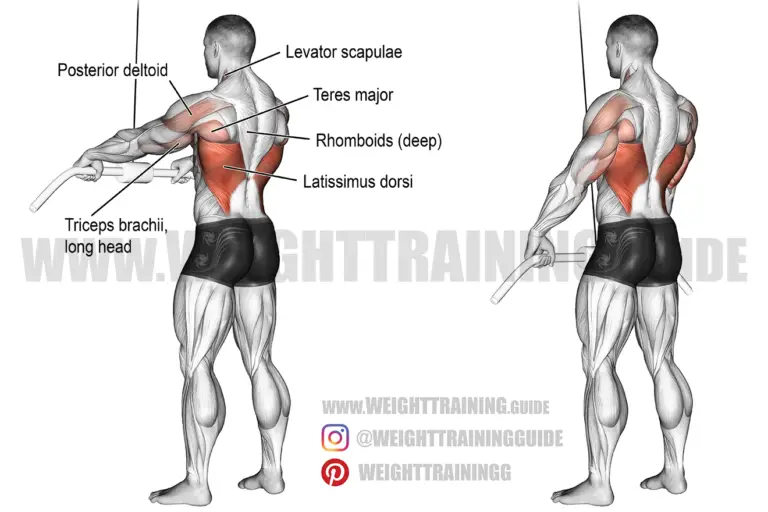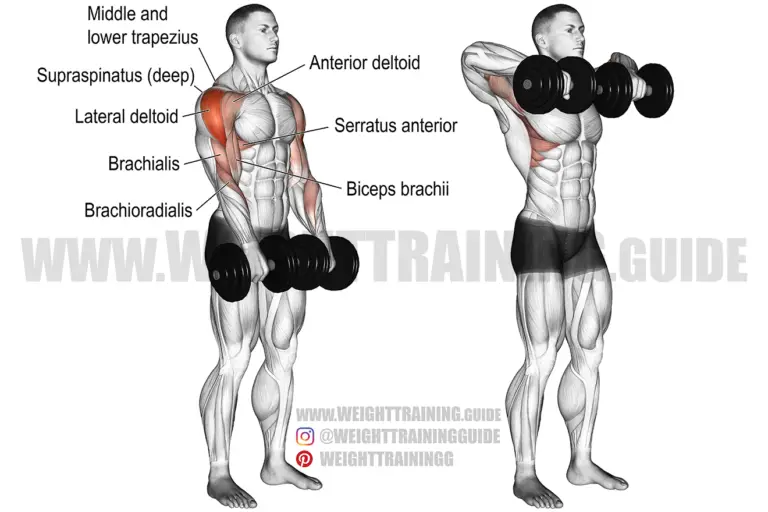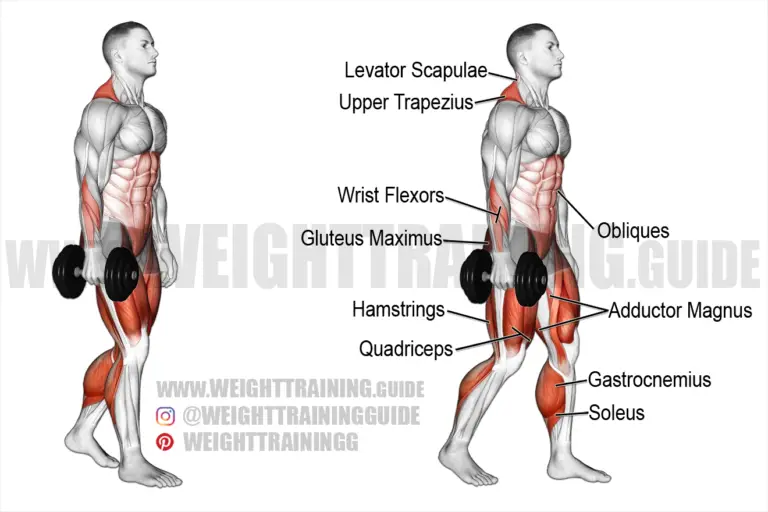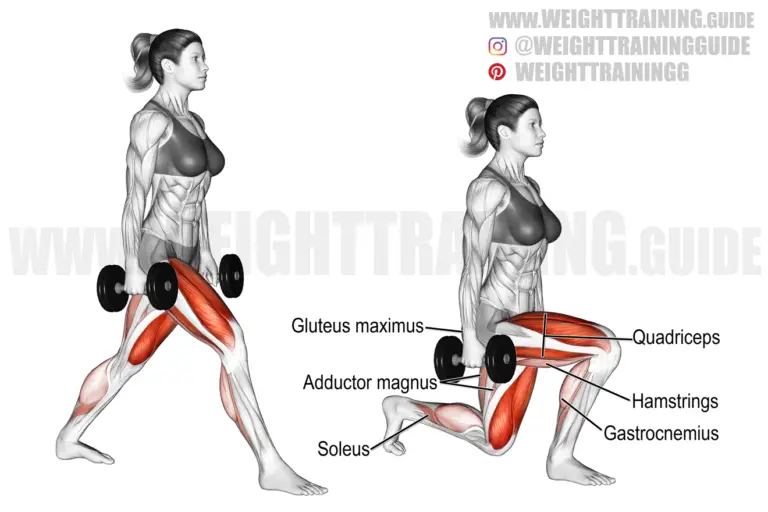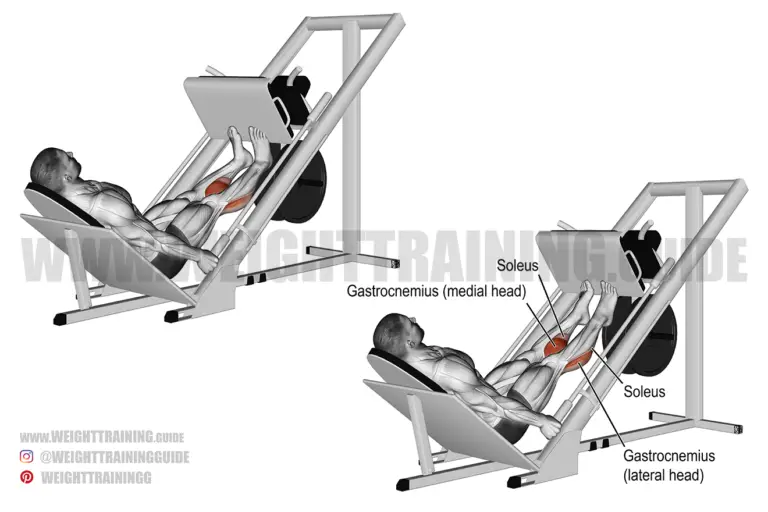Seated cable cross-arm twist
Exercise details
- Target muscles: Internal and External Obliques
- Synergists: Psoas Major, Quadratus Lumborum, Iliocastalis Lumborum, Iliocastalis Thoracis
- Mechanics: Isolation
- Force: Pull
Starting position
- Position a bench in front of the cable machine.
- Grasp the stirrup (handle) with your right hand and sit on the bench facing away from the machine.
- Cross your right arm across your left chest, cross your left arm over your right arm and hold your right elbow with your left hand.
- Plant your feet firmly on the ground.
- Keeping your hips and legs facing forward, rotate your torso to the left, towards the cable machine.
Execution
- Keeping your arms locked in place across your torso, exhale as you rotate your torso fully to your right side.
- Hold for a count of two.
- Inhale as you slowly rotate your torso back to the starting position.
- Repeat for the prescribed number of repetitions.
- Repeat the exercise on the opposite side, holding the stirrup with your left hand.
Comments and tips
- The seated cable cross-arm twist is a great isolation exercise for targeting your obliques and strengthening the rotational movement pattern of your spine.
- Keep your neck and back neutral throughout the exercise.
- Lock your arms in place and engage your core.
- Your hips and legs must face forward throughout the exercise.
- Go through your full range of motion when twisting. Your full range of motion is rotating as much as possible without breaking form or feeling discomfort. Breaking form would occur when your back is not in neutral position or when your hips and legs begin to twist with your torso.
- Ensure that the cable is taut throughout the exercise.
- To ensure stability, position your feet wide.
- See also the seated cable twist.
Seated cable cross-arm twist video
A video of the seated cable cross-arm twist was not available. This video is of the seated cable twist. Please adopt the arm position as explained in the starting position and as illustrated in the visual.

